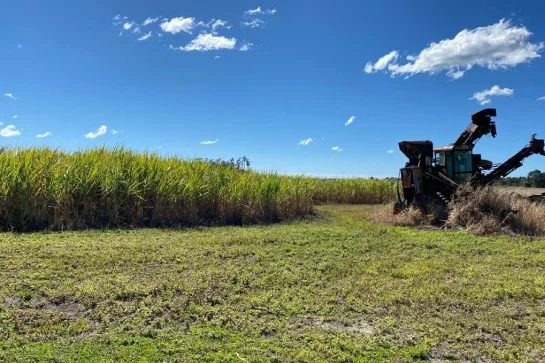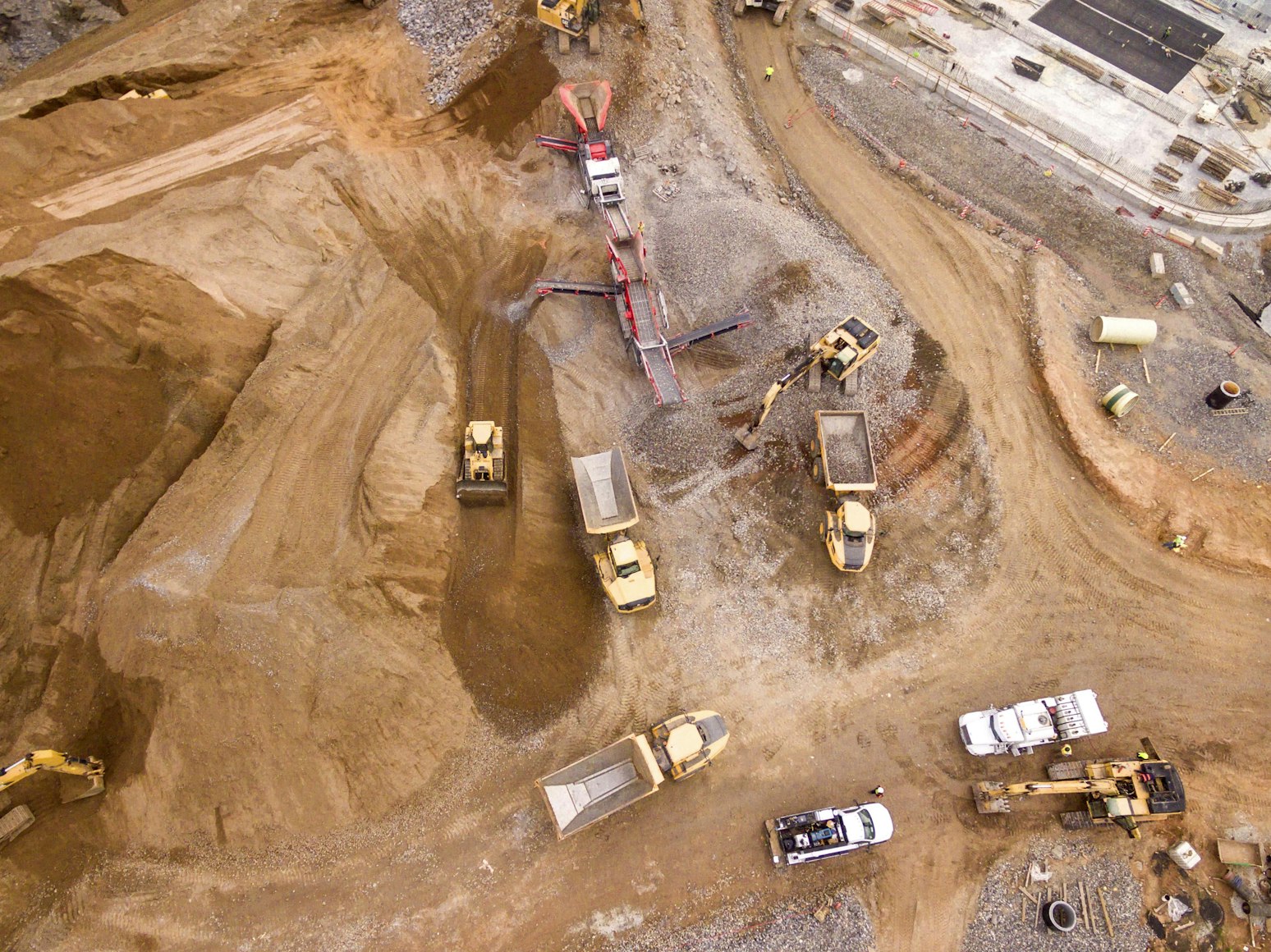A global team of scientists including The University of Western Australia has found glacier detachments, which are highly destructive events, may occur more frequently as the world warms.
Following two extreme events in 2013 and 2015 where glacier detachments at Flat Creek in Alaska caused landslides that travelled several kilometres at high speeds of up to 180 kilometres per hour, the research team set out to investigate the causes.
Researcher Dr Matthias Leopold from the UWA School of Agriculture and Environment, an expert in shallow geophysics and soil and sediment analysis, joined an international team led by Dr Mylène Jacquemart from the University of Colorado, in the US town of Boulder. The research was carried out in August last year and published in Geology.
Dr Leopold used geophysical techniques to determine the thickness of sediments deposited during the catastrophic events. The team then looked for buried ice and permanently frozen ground, known as permafrost, to assess the general stability of surrounding areas.
The study had ruled out seismic activity as causing the detachment, but 10-year-old high-resolution satellite images showed a 70-metre-high ice bulge in the area above the glacier tongue.
“On analysis we found the glacier tongue not only blocked ice from flowing down the glacier but caused water to pool under the glacier, causing immense pressure which finally caused the glacier to detach,” Dr Leopold said.
Although many glaciers are formed in remote areas they have the potential to travel long distances when they collapse and have far-reaching environmental impact, making studies like these important.
Dr Leopold said as the Earth continued to warm, glacier detachments would continue.
“The results from the study will help us to identify the specific characteristics of sediments linked to catastrophic glacier detachments to better understand if this has happened in the past,” he said.
“So far we believe this is a new natural hazard linked with the global warming trend.”
Image: Matthias Leopold carrying out testing at Flat Creek glacier.







